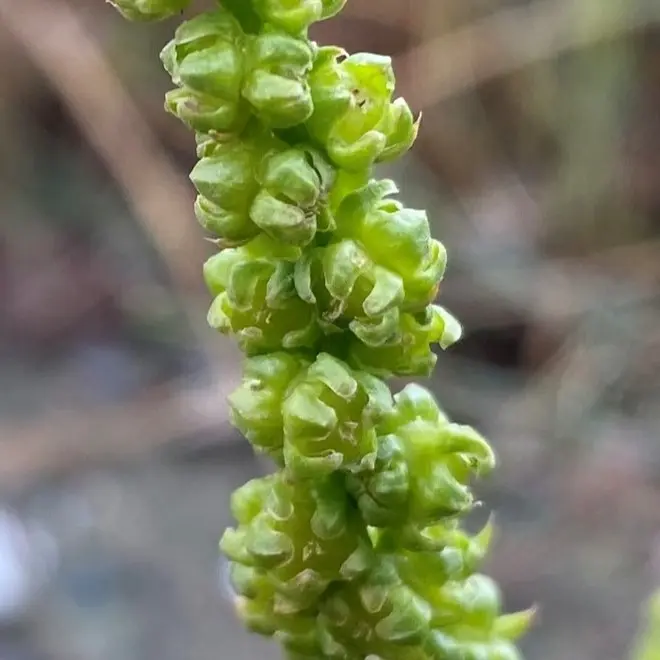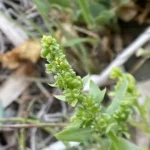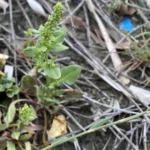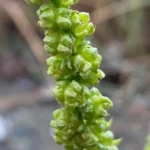Παντζάρι το κοινό υποείδος το παράκτιο, Αρκολάχανο
Etymology of Beta vulgaris subspecies maritima
The genus name, Beta, is of ancient Latin origin, possibly derived from the Celtic word 'bett' for red, referring to the color of the plant's roots, or simply the classical Latin name for "beet".
The specific epithet vulgaris comes from the Latin word meaning "common" or "widespread," indicating that the species as a whole (which includes cultivated beets) was a well-known or common plant.
Finally, the subspecies epithet maritima is derived from the Latin word mare, meaning "sea," directly referencing its typical habitat near coastal areas and on sea-shores. Thus, the full name essentially means "the common beet of the seashore."
The Beta genus in Cyprus
Four taxa of the Beta genus grow on their own in the wild Cypriot habitat.
Beta vulgaris subspecies maritima
Beta vulgaris subsp. maritima, commonly known as sea beet or wild beet, is a robust, low-growing perennial plant belonging to the Amaranthaceae family. It is considered the wild ancestor of all cultivated beet varieties, including sugar beet, beetroot, and chard.
This resilient plant thrives in coastal environments, typically found on beaches, cliffs, and saltmarshes across Europe, North Africa, and parts of Asia. It is highly tolerant of saline conditions, reflecting its "maritima" (of the sea) epithet. Its leaves are often slightly fleshy, green, sometimes tinged with red, and can be eaten like spinach or chard. The flowers are small, greenish, and generally inconspicuous, clustered along upright stems.
Beyond its historical use as a wild edible, Beta vulgaris subsp. maritima holds significant importance as a vital genetic resource. Its natural resistance to various diseases and pests makes it invaluable for breeding programs aimed at improving the hardiness and resilience of its cultivated descendants. It represents a crucial reservoir of genetic diversity for modern agriculture.
The plant in Cyprus
Beta vulgaris subsp. maritima appears almost all around Cyprus at an elevation between 0-150 meters. Beta vulgaris subsp. maritima strongly favors coastal environments, where it thrives in saline conditions. It is typically found growing on beaches, shingle banks, sea cliffs, rocky shores, and within salt marshes and estuaries. This preference for maritime habitats, including disturbed ground close to the sea, is directly reflected in its name "maritima" and showcases its unique adaptation to salty, exposed seaside conditions. Its flowering period is between February and May.
Beta vulgaris subspecies maritima was eaten in old Cyprus
The plant was traditionally edible back in the old times in Cyprus. Both the stem and the leaves of the plant were eaten, especially boiled with oil and lemon as an accompaniment to fish, but also fried with eggs, a traditional Cypriot dish. They were also cooked with legumes.
Historically and currently, sea beet is foraged and consumed by local populations along the coasts of the Mediterranean Basin (including Cyprus), the Atlantic coast of Europe, and other regions where it thrives. It's considered a wild delicacy in many of these areas.




